
The new upcoming era of technology is ready to bring us a technology that not only can observe the underlying pattern of old contents it can also produce new contents similar to its base but different in the front end.
“Generative AI” is that tech that allows computers to understand the underlying pattern associated with an input and then generate comparable material based on that pattern.
What is Generative AI?
Generative AI is an Artificial Intelligence algorithm that enables the creation of new believable material from existing content such as text, audio recordings, or photographs. To put it another way, it enables computers to abstract the underlying pattern associated with the input and then use that to generate similar material.
To create new content using existing text, audio files, or images, various techniques are
employed. One such innovative tool is the FlexClip AI Video Generator, which is simple yet
robust, allowing users to effortlessly create and generate videos online with the capabilities of
AI.
Generative adversarial networks (GANs):
GANs are generative models in which two neural networks, a generator, and a discriminator, are engaged against each other. The generator, also known as a generative network, is a neural network that generates new data or content that is similar to the source data. The discriminator, or a discriminative network, is a neural network that distinguishes between source and generated data.
Both of these neural networks are trained in alternating cycles, with the generator learning to produce more realistic data and the discriminator learning to distinguish between fake and real data.
Like a relationship between a thief and a police officer both learning new ways of implementing their duties at their end, the thief tries to find out new ways of robbing stuff, and the officer parallelly to reduce theft acts. Each of them gradually improves the other side as a result of their efforts.

Transformers :
Transformers are a particular type of neural network architecture. To summarise, neural networks are a powerful tool for evaluating complex data types such as photos, videos, audio, and text.
In simple words, they can even replicate or even rewrite human handwritten written patterns.
Transformers like GPT-3, LaMDA, and Wu-Dao replicate cognitive attention by measuring the relevance of input data pieces in different ways. They are taught to recognize the language or image, do some classification tasks, and generate texts or images from large datasets.
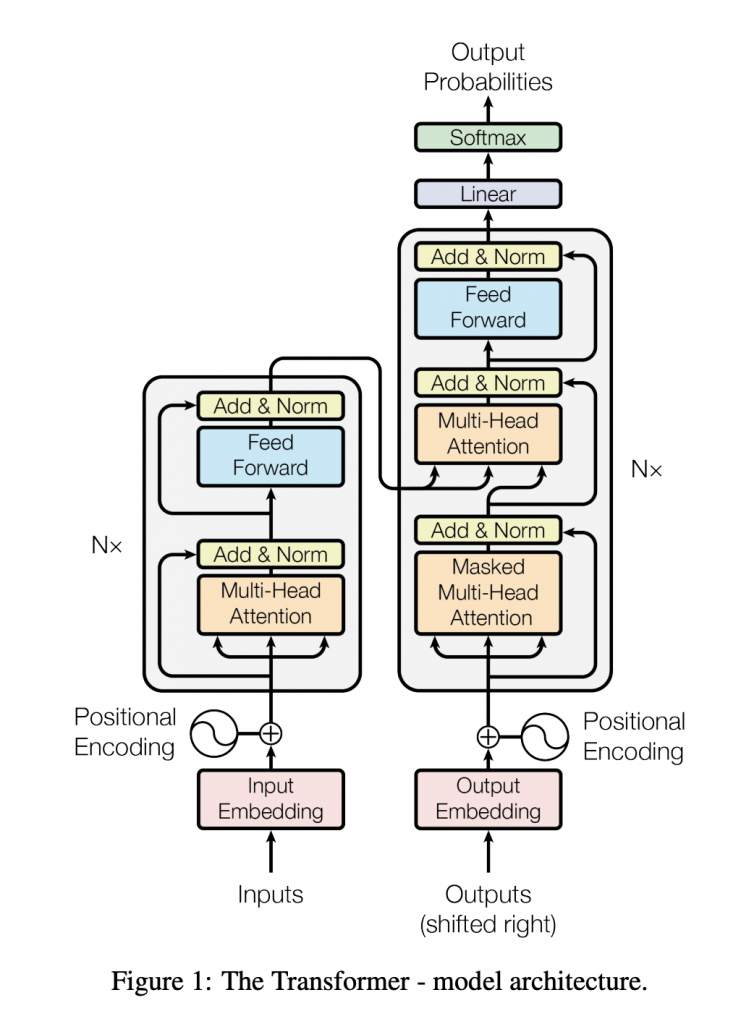
Variational auto-encoders:
The encoder converts the data into compressed code, which the decoder decodes and reproduces the original data.
This compressed representation stores the input data distribution in a considerably reduced dimensional representation if it is chosen and trained correctly.
Implementation and applications of Generative AI
Reproducing real photographs :
Generative AI can reproduce real-world replicas with some variations in photographs. Anything that is an image can be replicated in a similar base but looks different from the original one based on the input we provide.

They can make digits that appear to be handwritten and faces that resemble real people.
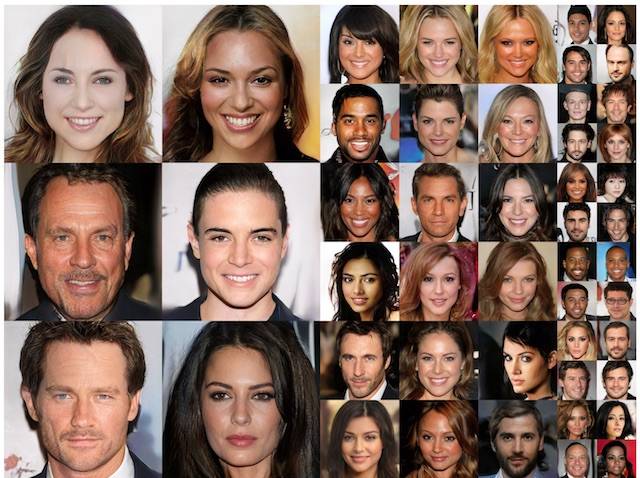
Tero Karras demonstrated the production of realistic images of human faces in his work “Progressive Growing of GANs for Improved Quality, Stability, and Variation” published in 2017. Face generations have been educated on famous examples, which means that some faces have certain celebrity features and thus appear familiar.
Reconversion of Images

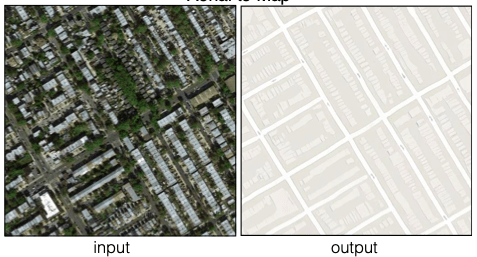


Text to Photo-realistic Image Synthesis Using Stacked Generative Adversarial Networks (StackGAN)
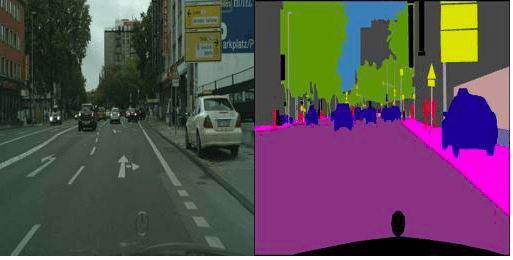
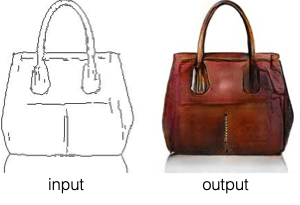


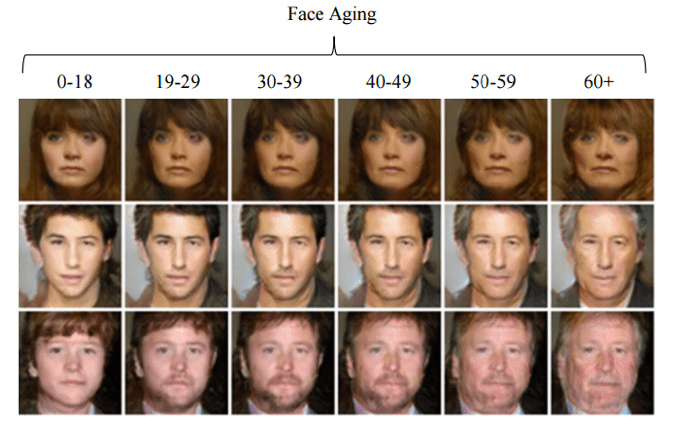
In the World of Entertainment: When triggered by 3D printing, CRISPR, and other technologies, generative AI can also be used to create products from scratch.
Deep fake technology is used to localize (dubbing and filtering) material while distributing it around the world. The artist’s/original actor’s voice can be matched with a lip-sync using face synthesis and voice cloning.https://www.youtube.com/embed/QiiSAvKJIHo?feature=oembed
Advantages and Benefits
Generative AI has numerous advantages, including the ability to ensure the development of higher-quality outputs by self-learning from each set of data.
-Moving a project’s hazards to a lower level
-Reinforcing machine learning models to make them less biased
-Deep prediction without the need for sensors
-Using deep fakes to enable content localization and regionalization
-Enabling robots to understand more abstract concepts in both simulation and real life.
Which is Beneficial in
- Identity Protection: People who do not wish to reveal their identities when interviewing or working can use Generative AI avatars to hide their identities.
- Robotics control: Generative modeling aids reinforcement machine learning models in understanding more abstract concepts in simulation and the real world.
- Healthcare: Generative AI allows for the early detection of potential malice and the development of effective therapies. GANs, for example, compute several angles of an X-ray image to visualize the tumor’s potential expansion.
Some Challenges
- Security: Some persons may use Generative AI for nefarious motives, such as defrauding others.
- Overestimation of capabilities: To accomplish tasks, generative AI algorithms require a massive amount of training data. GANs, on the other hand, are unable to generate wholly new images or phrases. They simply put what they know together in different ways.
- Unexpected outcomes: It is difficult to control the behavior of some Generative AI models, such as GANs. They behave erratically and provide an unexpected result.
- Data privacy: Individual-level data privacy is an issue in health-related applications.
